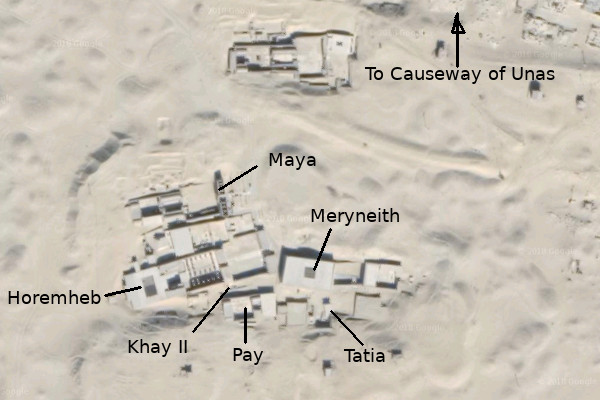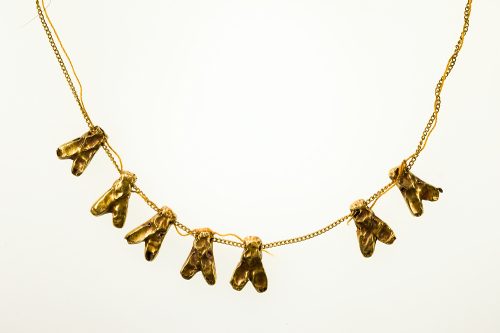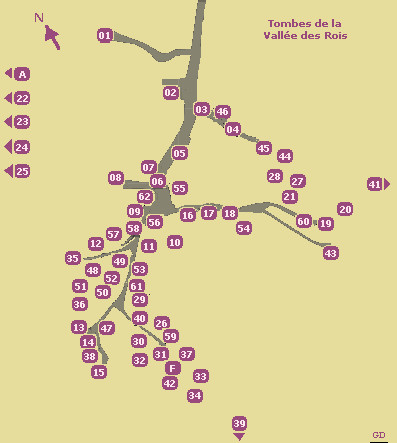“The Tomb of Tatia at Saqqara” Vincent Oeters (EEG Meeting Talk)
At the beginning of June Vincent Oeters returned to the Essex Egyptology Group to talk to us about some of his own work at Saqqara on a Ramesside era tomb chapel. This work is part of a long term on-going project which has been excavating south of the Causeway of Unas since 1975. Initially the project was a collaboration between the Museum at Leiden and the Egypt Exploration Society, then after 1998 the EES were no longer involved and the University of Leiden replaced them. Since 2015 the Turin Museum have also been part of the project. Before telling us about the tomb chapel of Tatia, Oeters told us about the overall project. The genesis of the project was in the 1950s when the Museum began to investigate three statues which had been in the collection since 1828. They arrived without provenance, but were believed to be from Saqqara. The… Read More »“The Tomb of Tatia at Saqqara” Vincent Oeters (EEG Meeting Talk)


